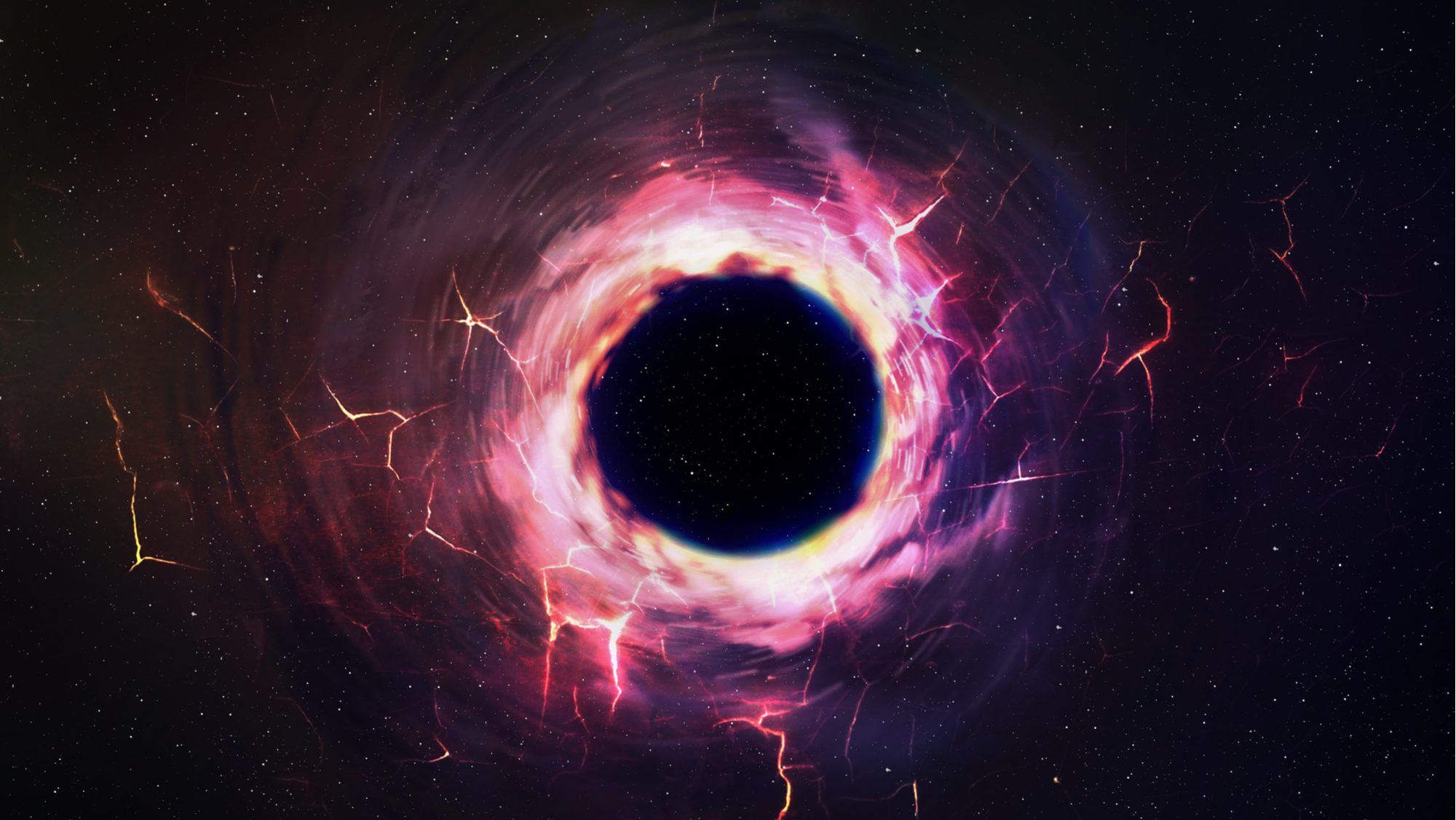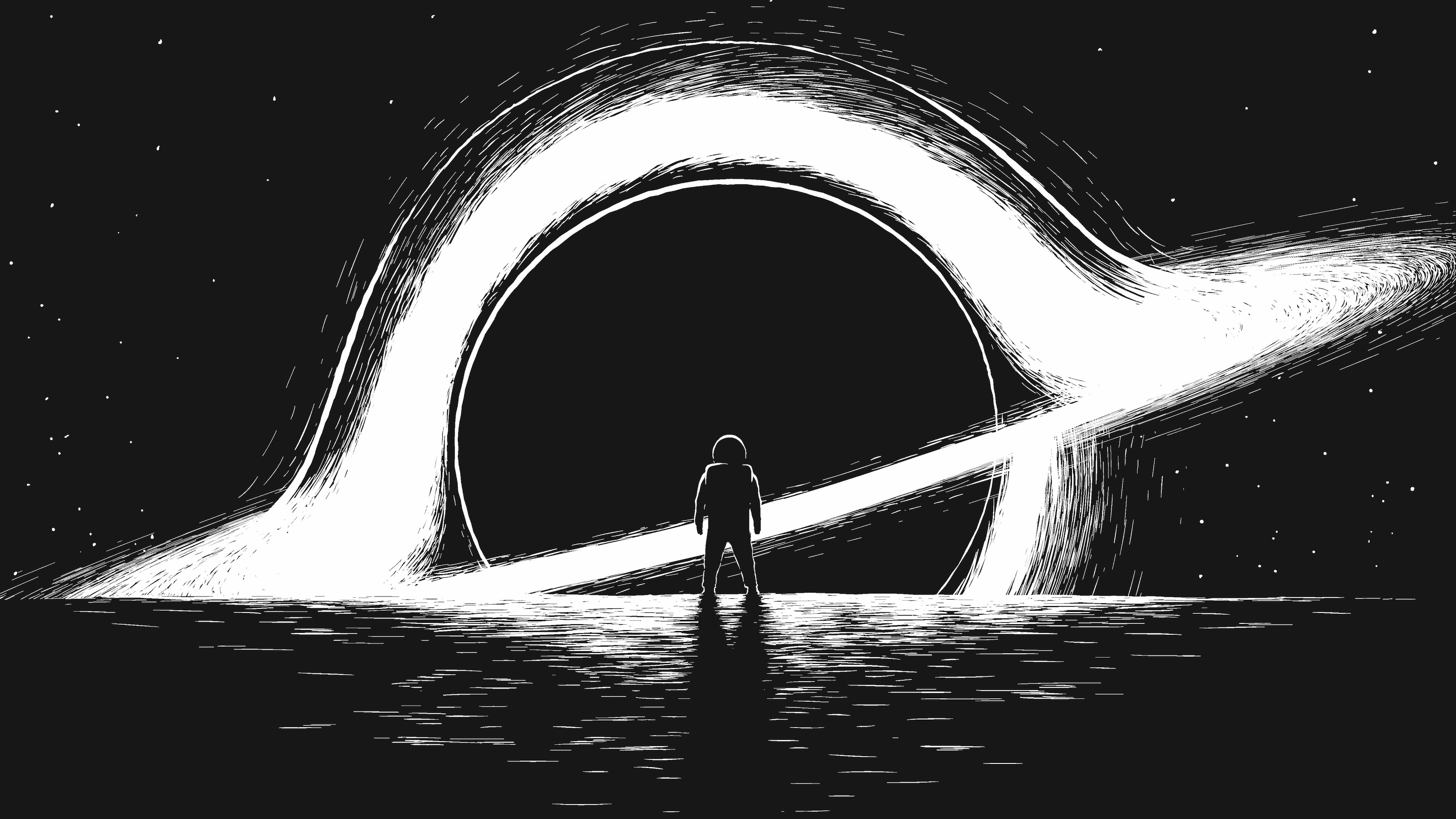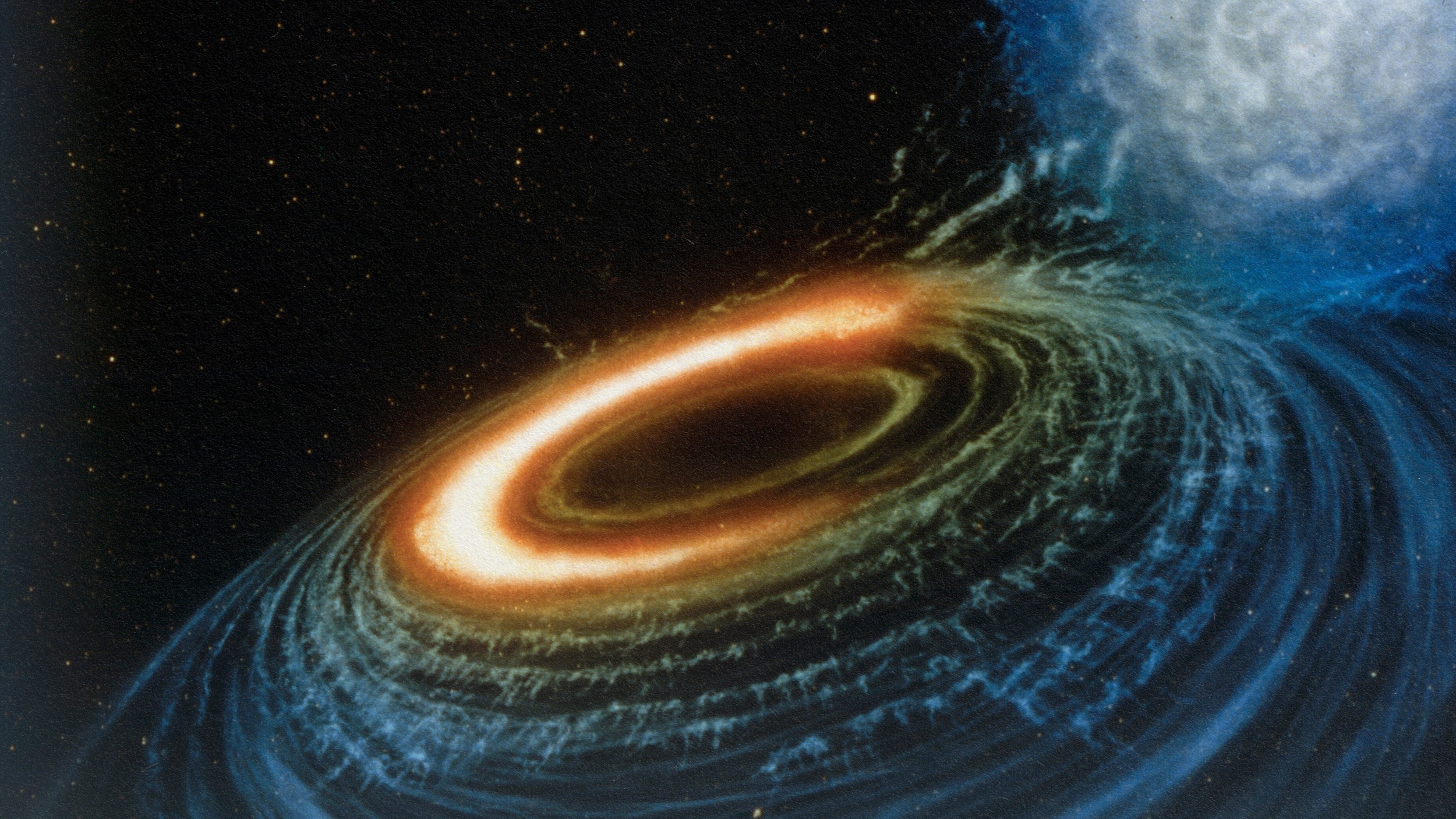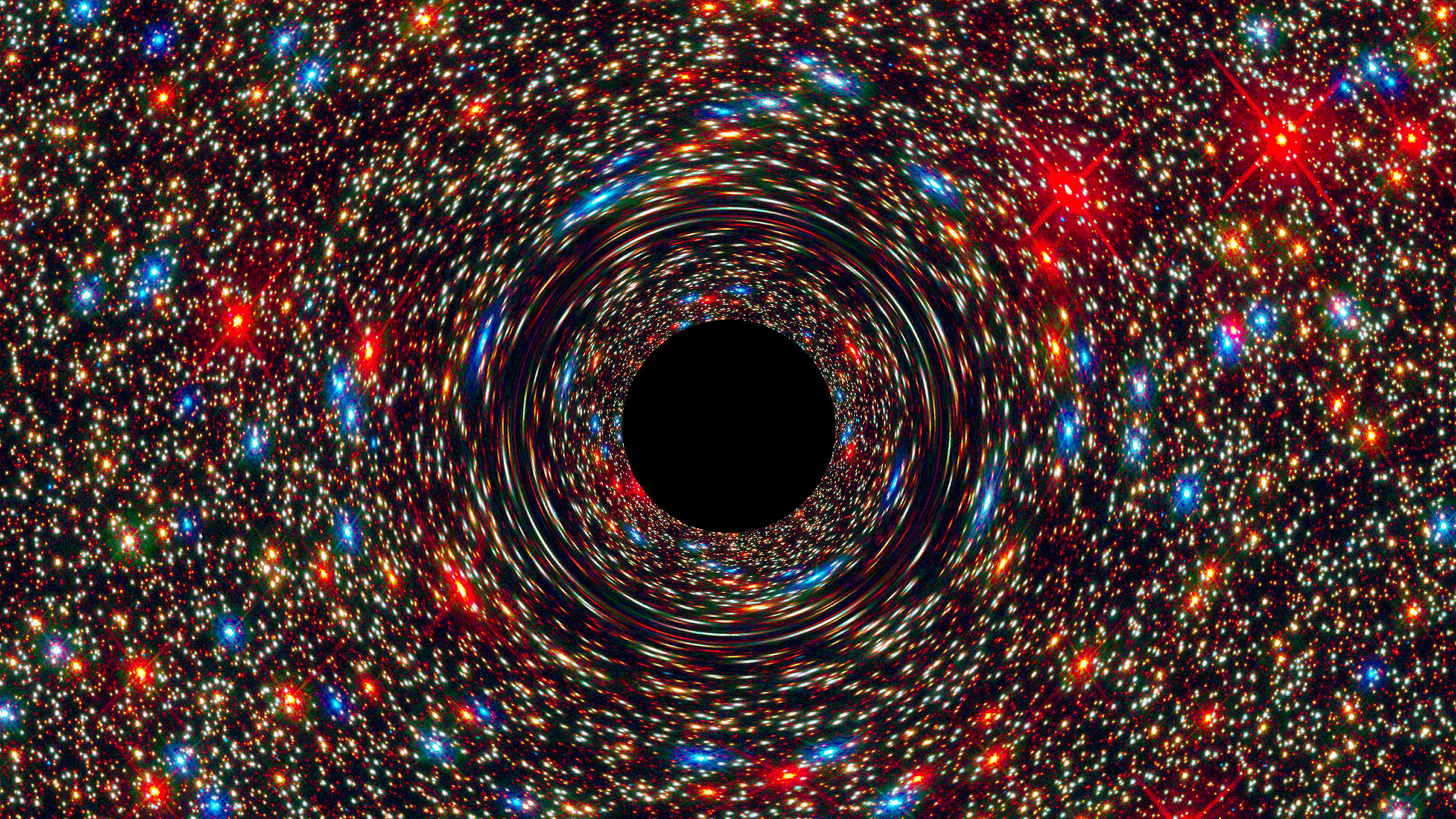Ancient black hole challenges our understanding of the early Universe
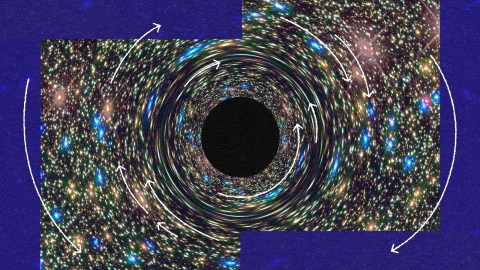
- Scientists discovered an ancient supermassive black hole, which poses a major challenge for astrophysicists.
- The formation of supermassive black holes remains a mystery, particularly for those that existed early in the life of the Universe.
- However, one idea is that they formed from collapsing gas clouds.
At the center of nearly every galaxy in the cosmos sits a monster: a black hole with a mass millions or even billions of times heavier than our Sun. When and how these enormous objects formed is an open question in the astrophysics community.
Recently, in a paper published in Nature Astronomy, scientists reported the discovery of an ancient supermassive black hole, one that existed very early in life of the Universe. While some enthusiasts have claimed that the observation of these gigantic black holes has disproved the theory of the Big Bang, this is a hasty conclusion. However, it is certainly true that the existence of very early supermassive black holes will require astronomers to rethink some things.
Supermassive black holes
Most black holes are made when a very massive star burns through its fuel and then collapses under the weight of its own gravity. Stellar-mass black holes are typically in the range of 5 to 100 times the mass of the Sun.
In contrast, the supermassive black holes at the centers of galaxies are much bigger. The black hole at the center of the Milky Way galaxy, called Sagittarius A* (Sgr A*), has a mass equal to about 4.3 million suns. But even that pales compared to the heaviest black hole known: TON 618, found at the center of a quasar, weighs in at a staggering 66 billion solar masses.
Just how these giant black holes were formed remains a mystery even today. While one idea is that individual stellar-mass black holes combined, it is difficult to envision that there has been enough time since the Universe began 13.8 billion years ago for enough mergers to have occurred to account for the observed distribution of supermassive black holes. And it’s even harder to imagine that giant black holes formed early in the Universe.
JWST weighs in
The James Webb Space Telescope (JWST) is able to image ancient galaxies, ones that existed a few hundred million years after the Universe began. In the aforementioned paper, astronomers combined a JWST observation with separate data from the Chandra X-ray Observatory to identify a distant galaxy that contained a supermassive black hole. (When black holes absorb matter from their surroundings, that matter heats up as it falls inward and emits characteristic X-rays.)
Astronomers were surprised when they found that the mass of the black hole at the center of the ancient galaxy was about the same as the total mass of the stars in that same galaxy. (To put this into perspective, the supermassive black hole at the center of the Milky Way is only about 0.1% the mass of the entire galaxy.)
Given that this ancient supermassive black hole formed so quickly after the Universe began, it cannot have been created by the merging of stellar-mass black holes. Instead, another mechanism is required.
Gassy black holes
Sophisticated simulations have shown that early in the history of the Universe, it is possible for giant clouds of gas to have collapsed directly into very large black holes — ones with masses about 100,000 times that of the Sun. It is thought that these very massive black holes transformed into supermassive ones by a combination of merging and absorbing gas from their surroundings.
While this is a single example of an ancient galaxy already hosting a supermassive black hole, it is expected that others will be found; after all, JWST only began operations in the summer of 2022. Data like that reported in the recent article will help scientists get a better handle on just exactly what went on when the Universe was in its infancy.
For example, outstanding questions include: Which came first, supermassive black holes or galaxies? Did the galaxy attract nearby extragalactic gas that created the conditions that allowed supermassive black holes to form? Or did the black holes form first, and thereby draw in the gas that formed the stars and galaxies? How did the heat generated by gas flowing into early black holes affect star formation? And what role did dark matter play in the process?
The answers to these and similar questions are slowly coming into focus.
